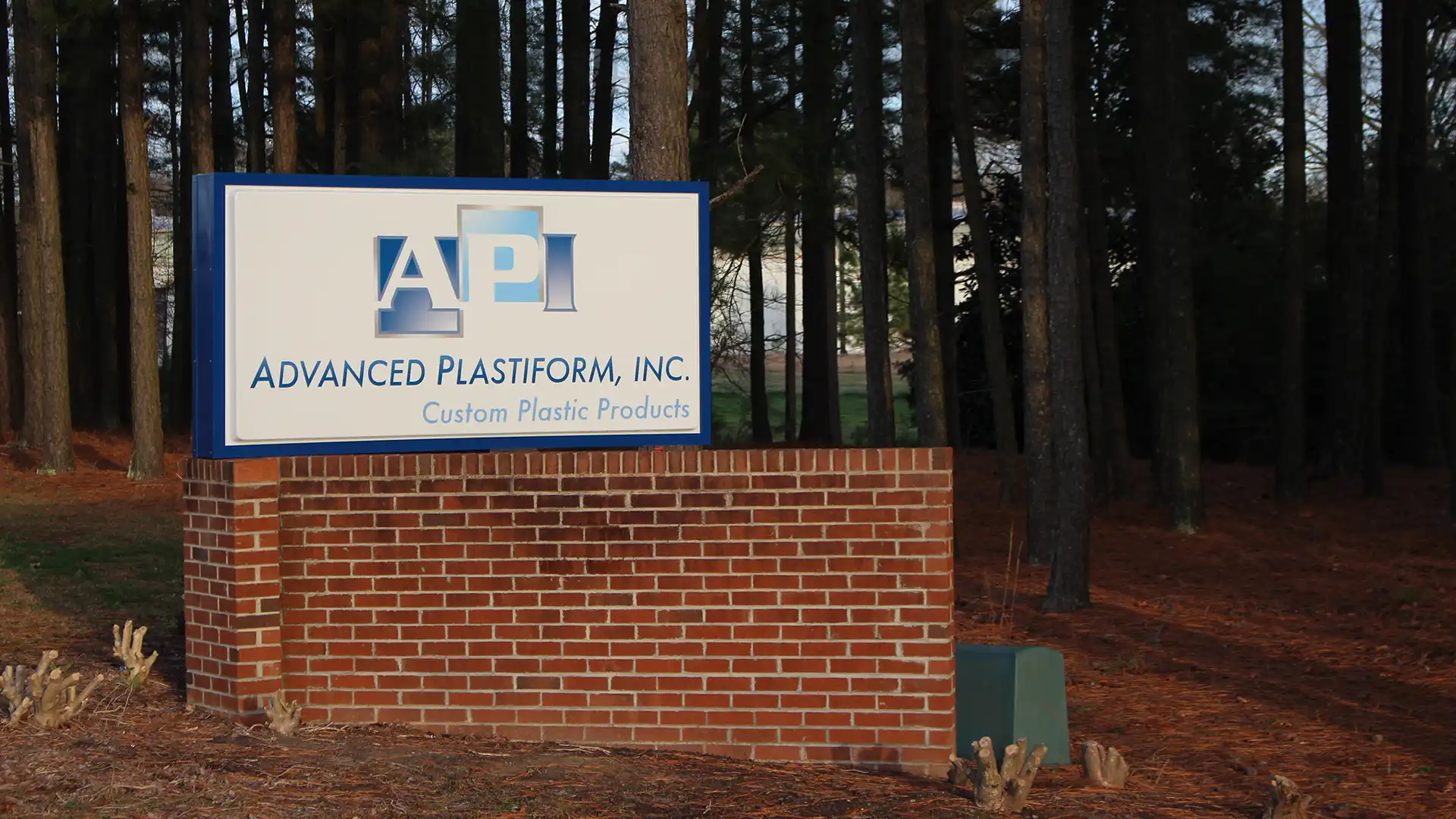Differences Between Thermoplastics and Thermoset Materials Thermoplastics vs. thermoset plastics may not seem like an…
High-temperature thermoplastics, also called high-performance plastics, are a quickly growing segment of the polymers market used in highly specialized applications. Our thermoforming company in North Carolina is sharing an overview of high-temperature thermoplastics to help you determine if they are necessary for your next parts, products, or components.
What Are High-Temperature Thermoplastics?
High-temperature thermoplastic is a classification of plastics that have structural capabilities that allow them to withstand long-term or continuous exposure to temperatures greater than 150° C (302°F) and short-term exposure to temperatures around 250°C (482°F). In addition to heat stability, they must also have high chemical and radiation resistance and similar mechanical properties, including strength, resistance to fatigue, and ductility, to metal. Because these qualities are more difficult to achieve, high-temperature thermoplastics are often around 10 times more expensive than standard plastics.
Types of High-Performance Polymers
There are two main divisions of high-performance plastics: amorphous and semi-crystalline polymers. Amorphous thermoplastics have a melt range rather than a specifically defined melting point and are known for their strength, stiffness, impact resistance, and dimensional stability. Semi-crystalline polymers have a sharply defined melting point and glass transition temperature and offer high chemical and wear resistance and lower ductility and impact strength.
- Polyethereketone (PEEK)
- Polyphenylene Sulfide (PPS)
- Polyether Imide (PEI)
- Kapton
Where Are High-Temperature Thermoplastics Used?
High-performance polymers are most often used in settings where demanding conditions occur, including the automotive, aerospace, medical, and electrical industries.
Choosing the Right Material
When you are planning the design of your product or component, you'll need to consider the qualities of similar materials to determine what option will be ideal to meet your goals.
Metal or High-Performance Thermoplastic
High-temperature thermoplastics have replaced metal in many applications, and it's important to factor in the advantages and disadvantages each material has when deciding. Thermoplastics offer the following advantages compared to metal:
- Lighter weight and lower density
- Reduces noise and vibrations
- Improved chemical and corrosion resistance
- Greater design freedom and adaptability
- Easier to modify for specific applications
Thermosets or High-Performance Thermoplastic
Unlike thermoplastics, when exposed to high heat, thermosets' chemical and crystalline structure will change, creating a material that can't be re-melted and reused or recycled. Epoxy, phenolic, and polyester are examples of thermosets. High-performance thermoplastics offer the following qualities:
- High melt viscosity
- Short processing cycle time
- Good mechanical properties and toughness
- High moisture resistance
Thermoplastics or High-Performance Thermoplastic
Often, it's important to consider if you truly need a high-performance or high-temperature thermoplastic rather than a standard or engineering thermoplastic. Engineering plastics, such as ABS and polycarbonate offer high resistance to abrasion, impact, and heat and can often be used in a wide variety of industries. High-temperature polymers are around 10 times more expensive than standard polymers and are more difficult to manufacture than both standard and engineering plastics.
Consider the temperatures at which the plastics will be exposed to both continually and at a short-term basis to determine the right option to allow you to properly budget and keep costs low where possible.
Contact Us for Custom Thermoplastic Products
When you need custom thermoplastic products, reach out to Advanced Plastiform, Inc. We use a wide variety of materials to fabricate highly durable components, parts, and products with a quick turnaround time and low per-unit price and proudly serve the Southeast and Mid-Atlantic states, including proudly serve seven states, including North Carolina, SouthCarolina, Pennsylvania, Maryland, Tennessee, Georgia, and Virginia.

